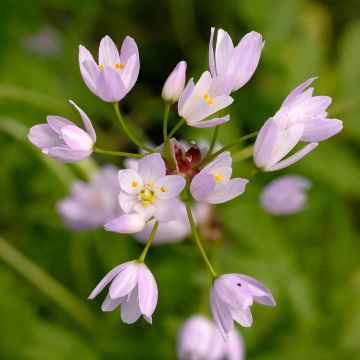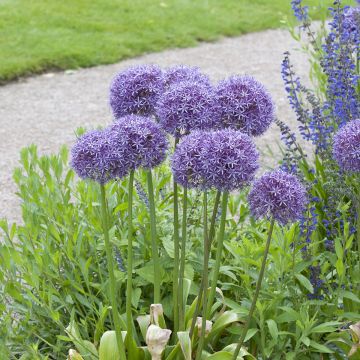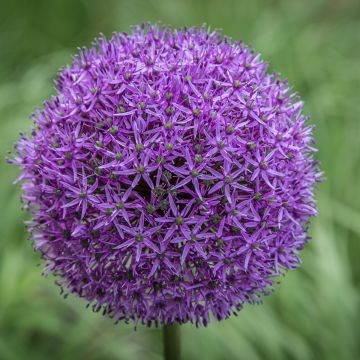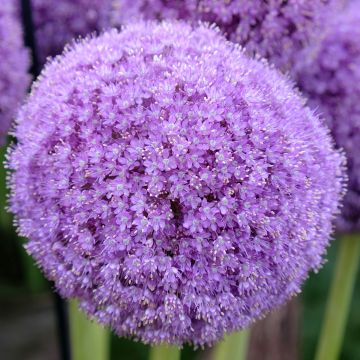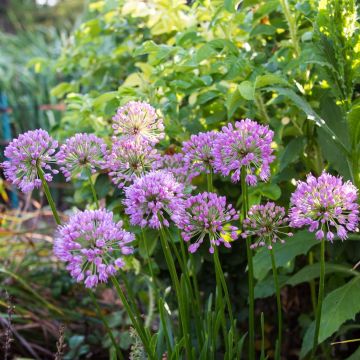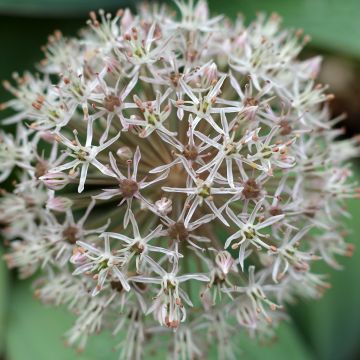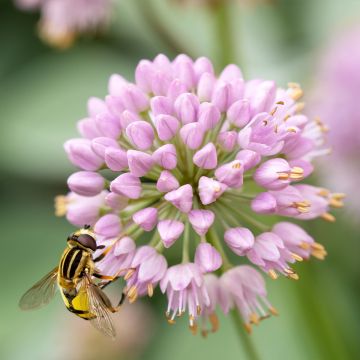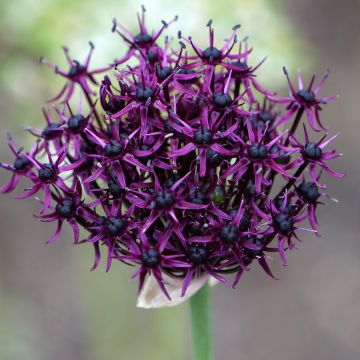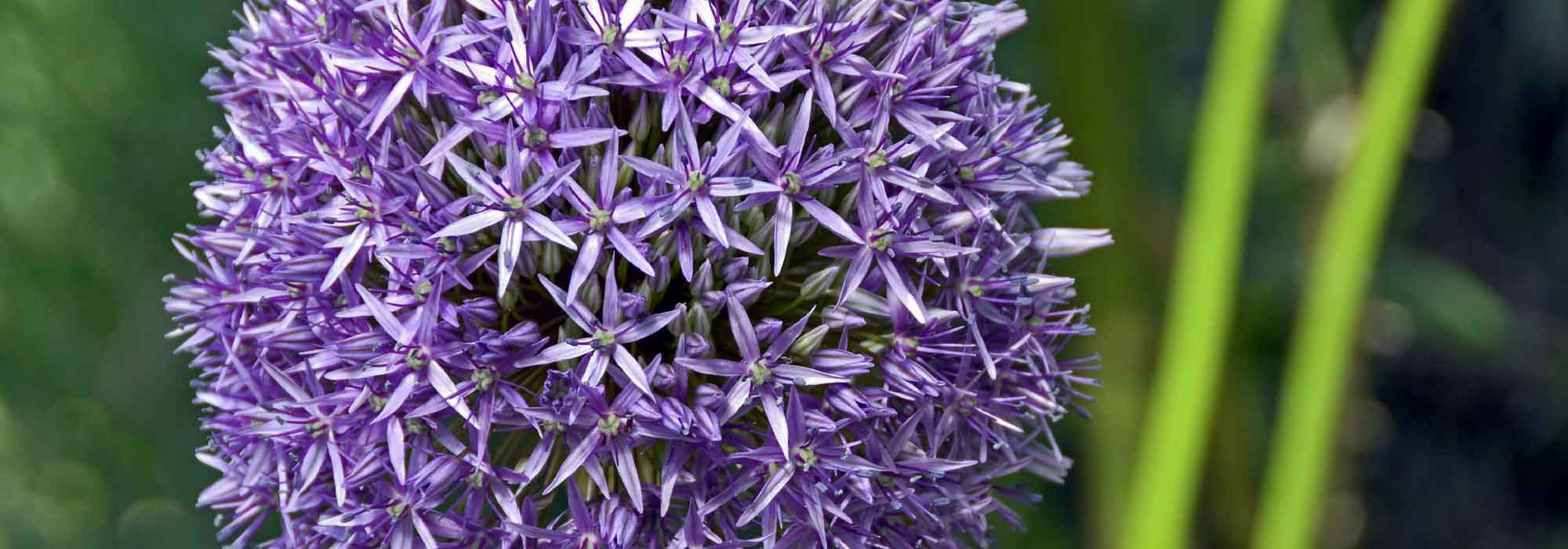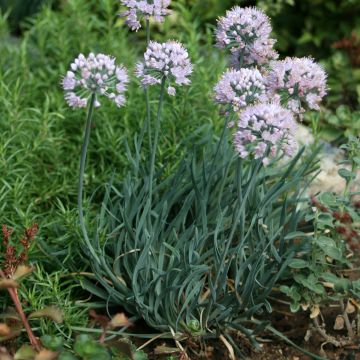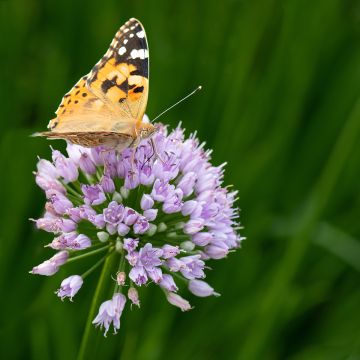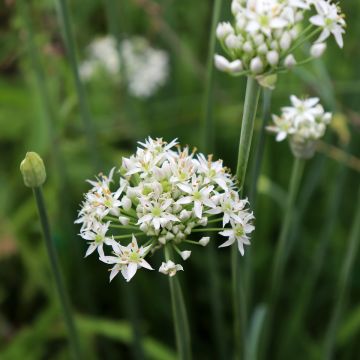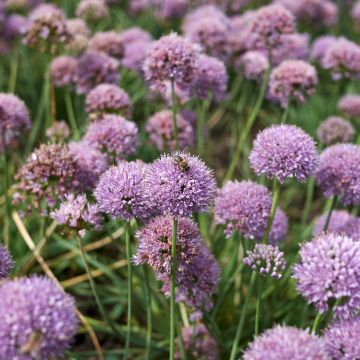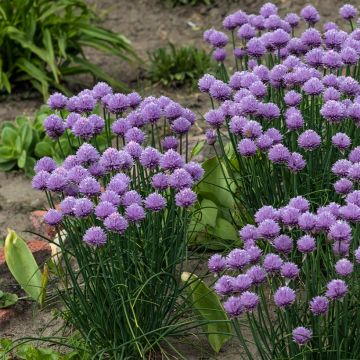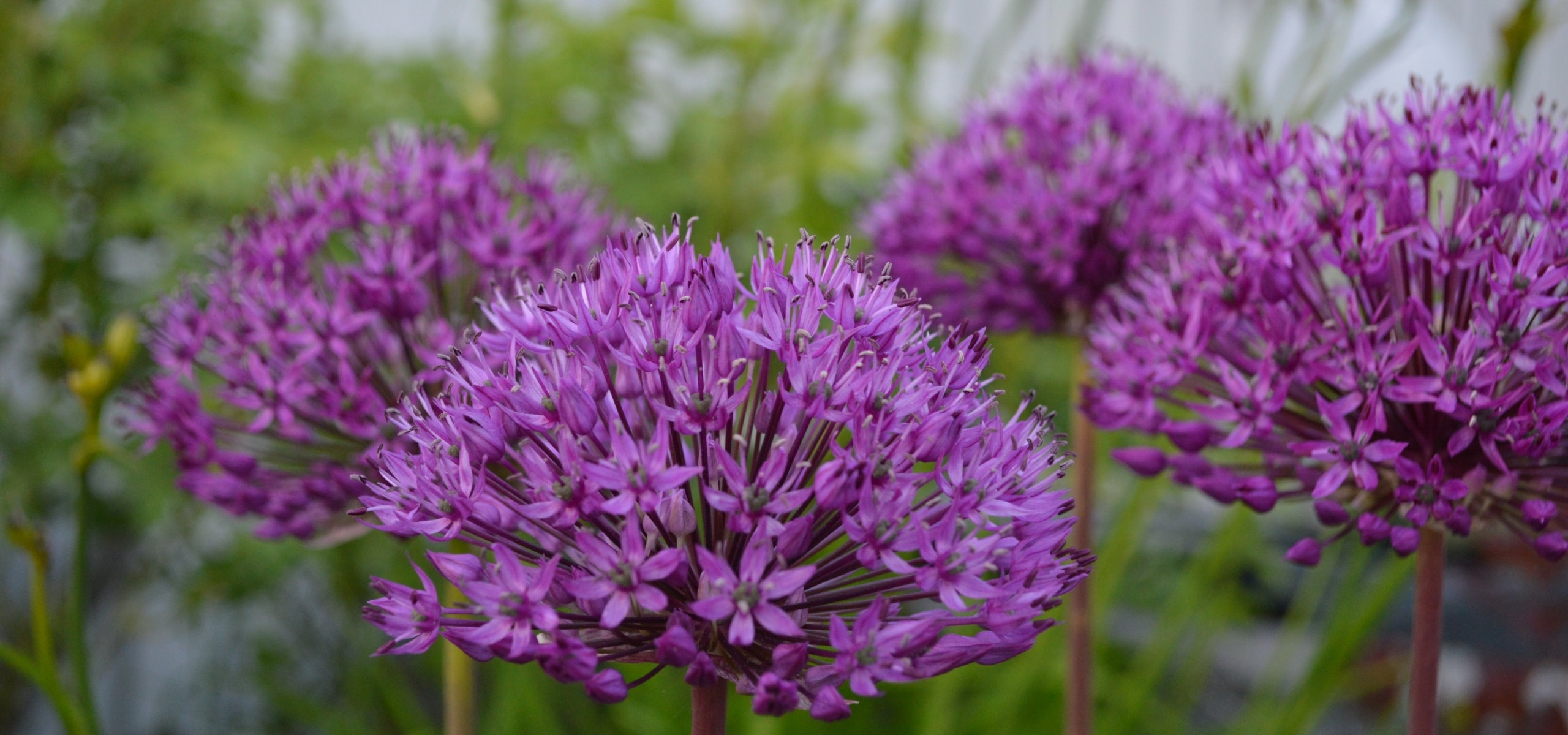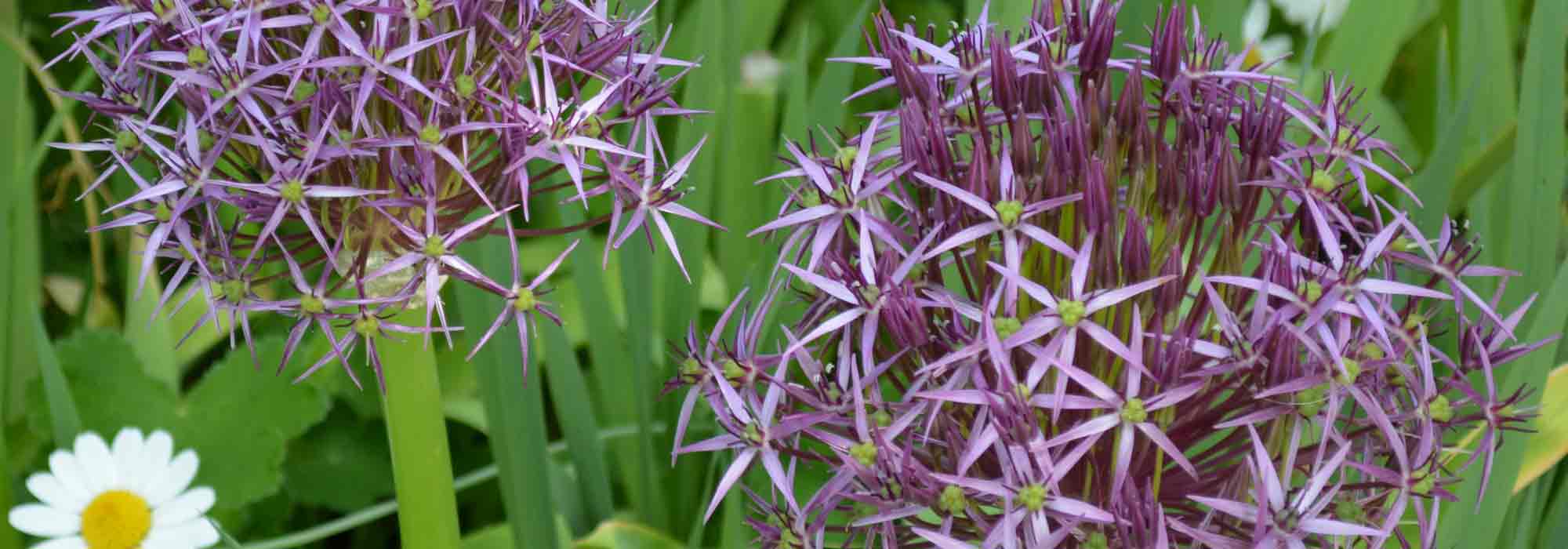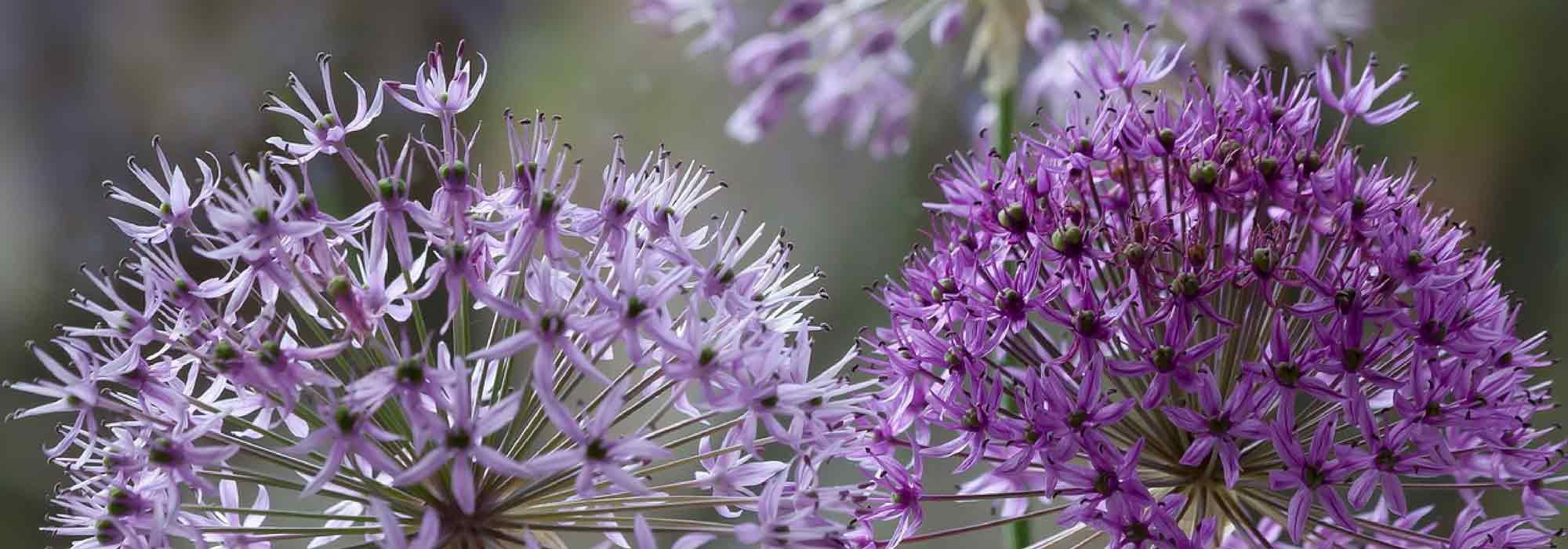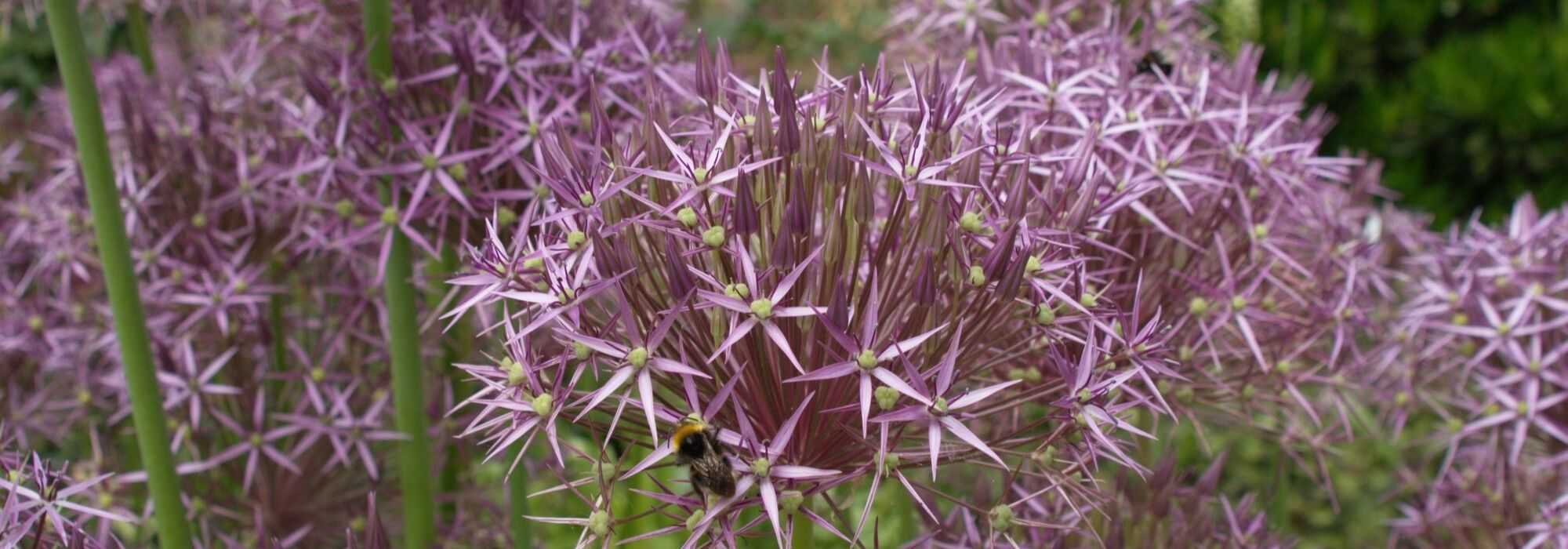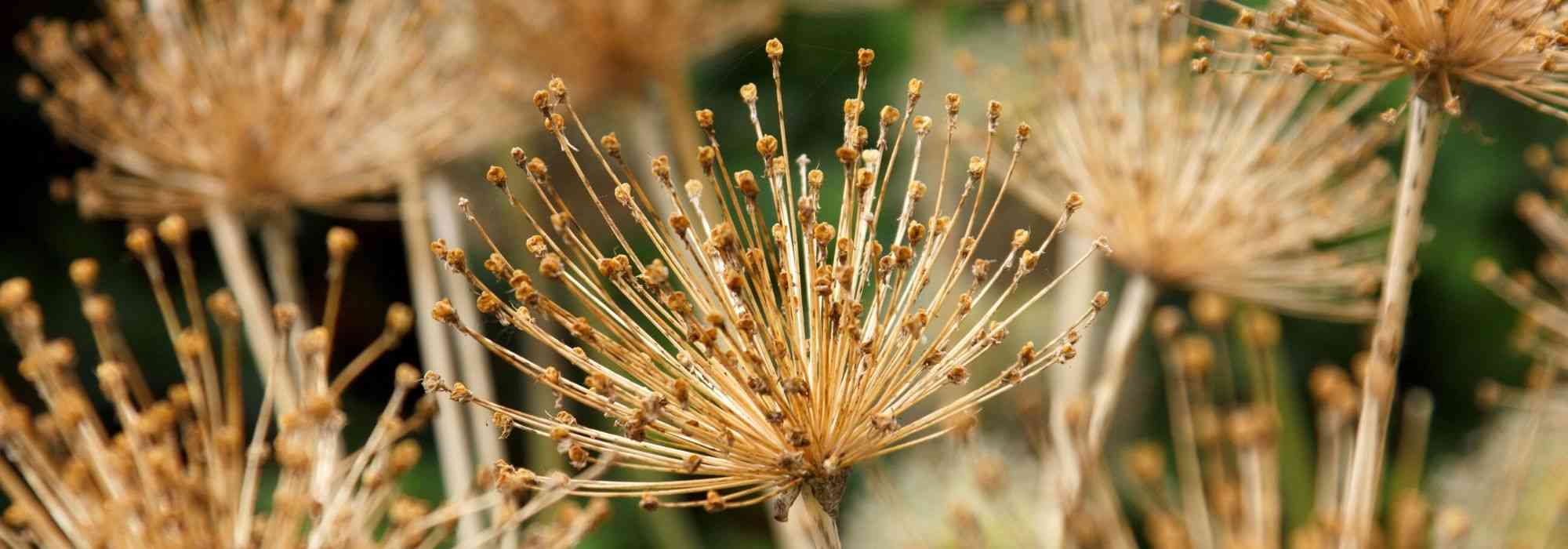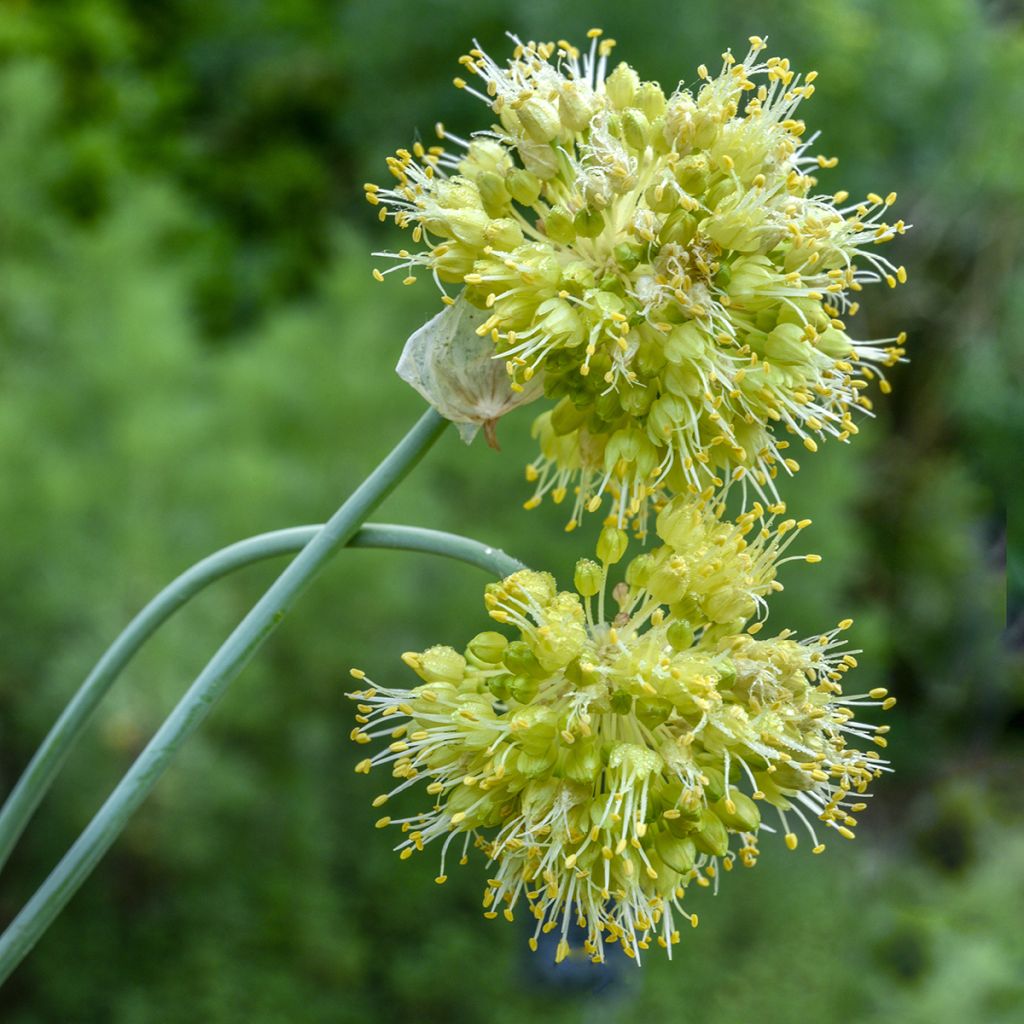

Allium obliquum
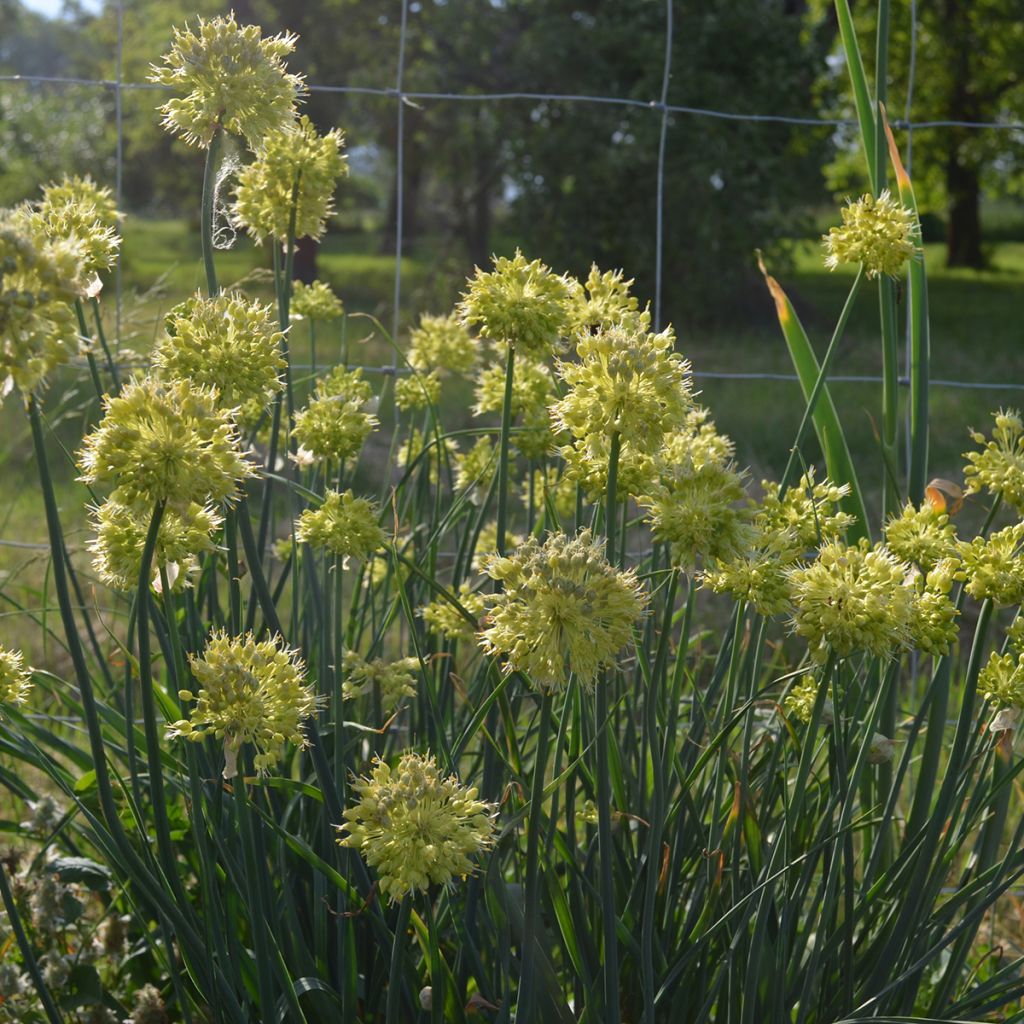

Allium obliquum
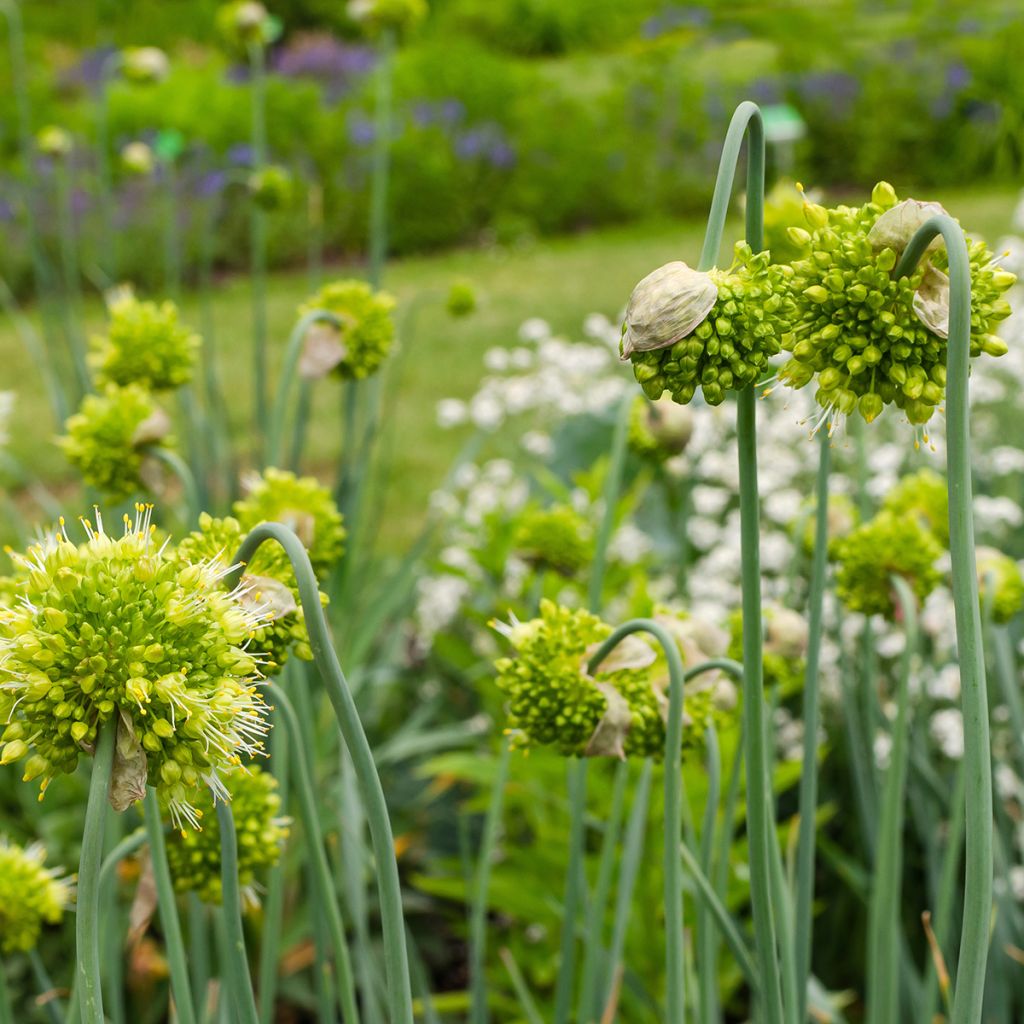

Allium obliquum
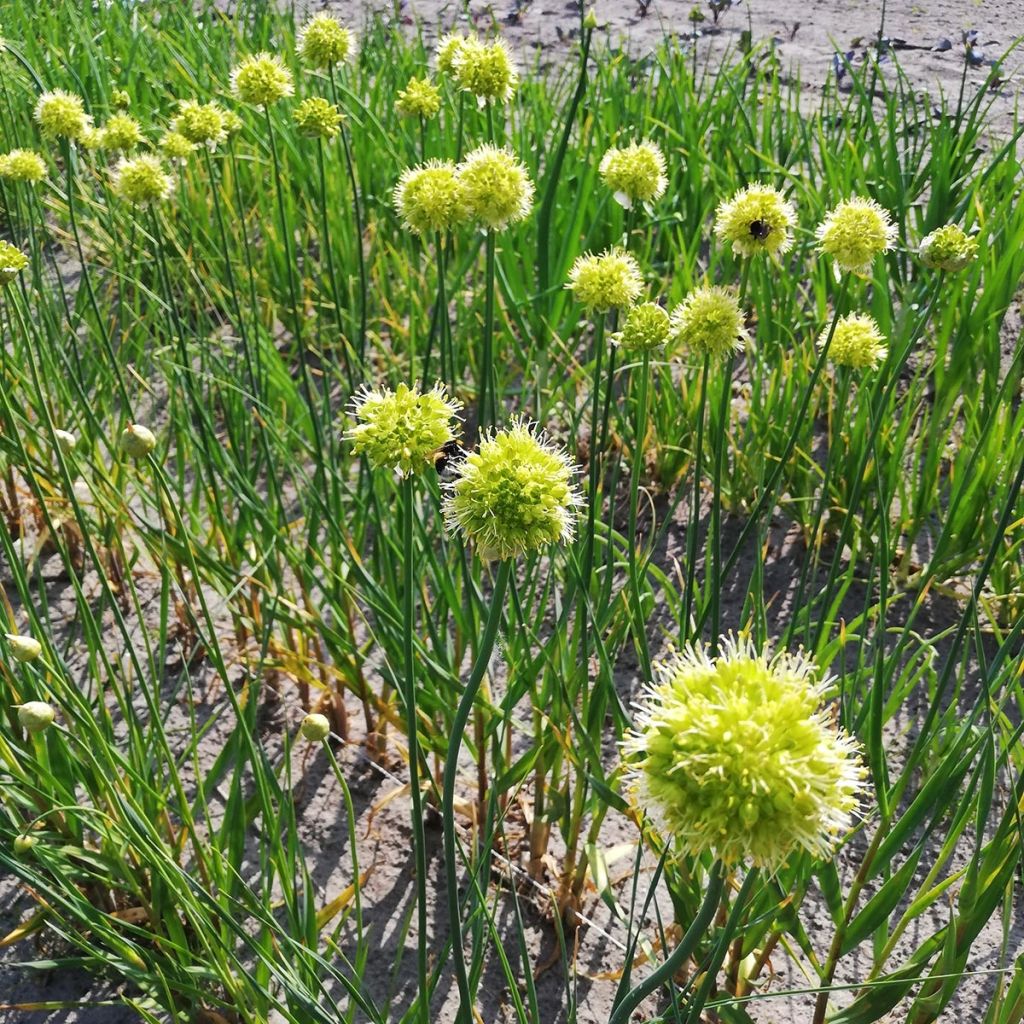

Allium obliquum
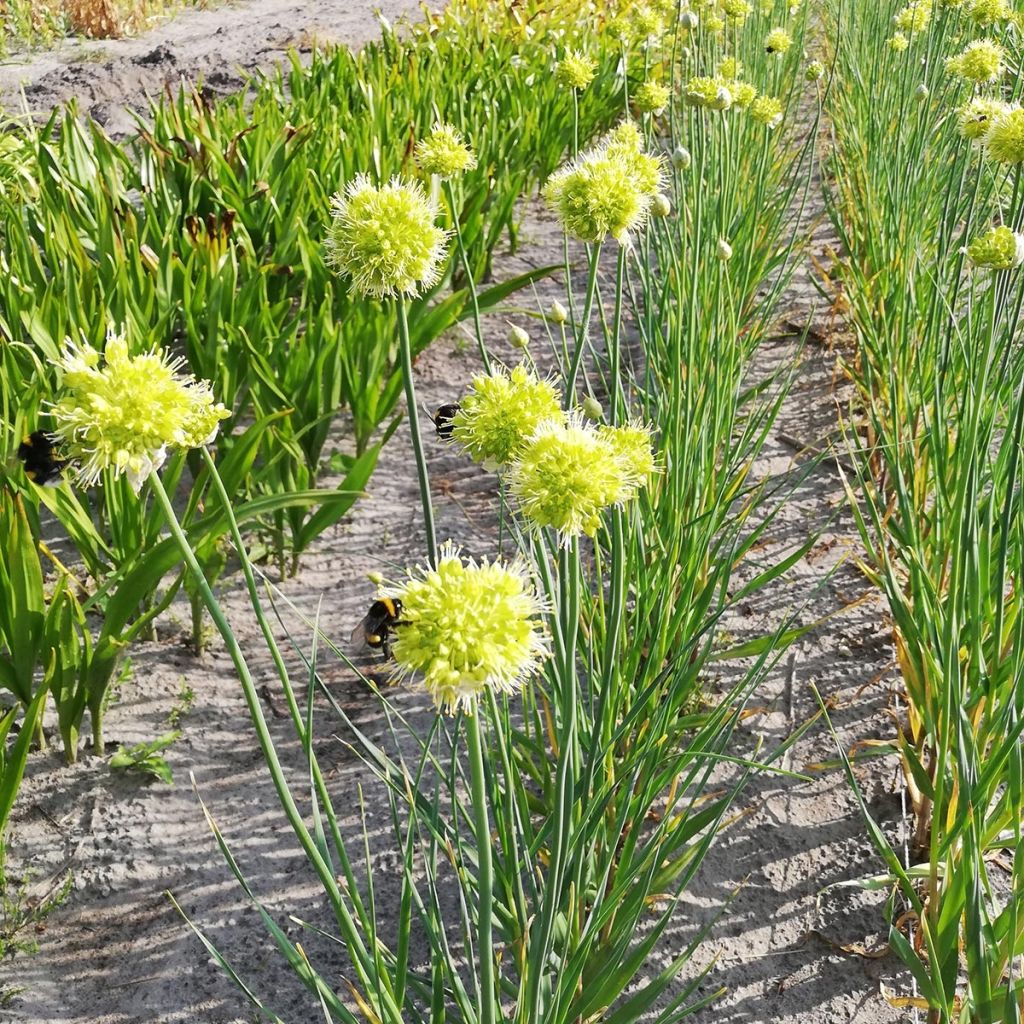

Allium obliquum
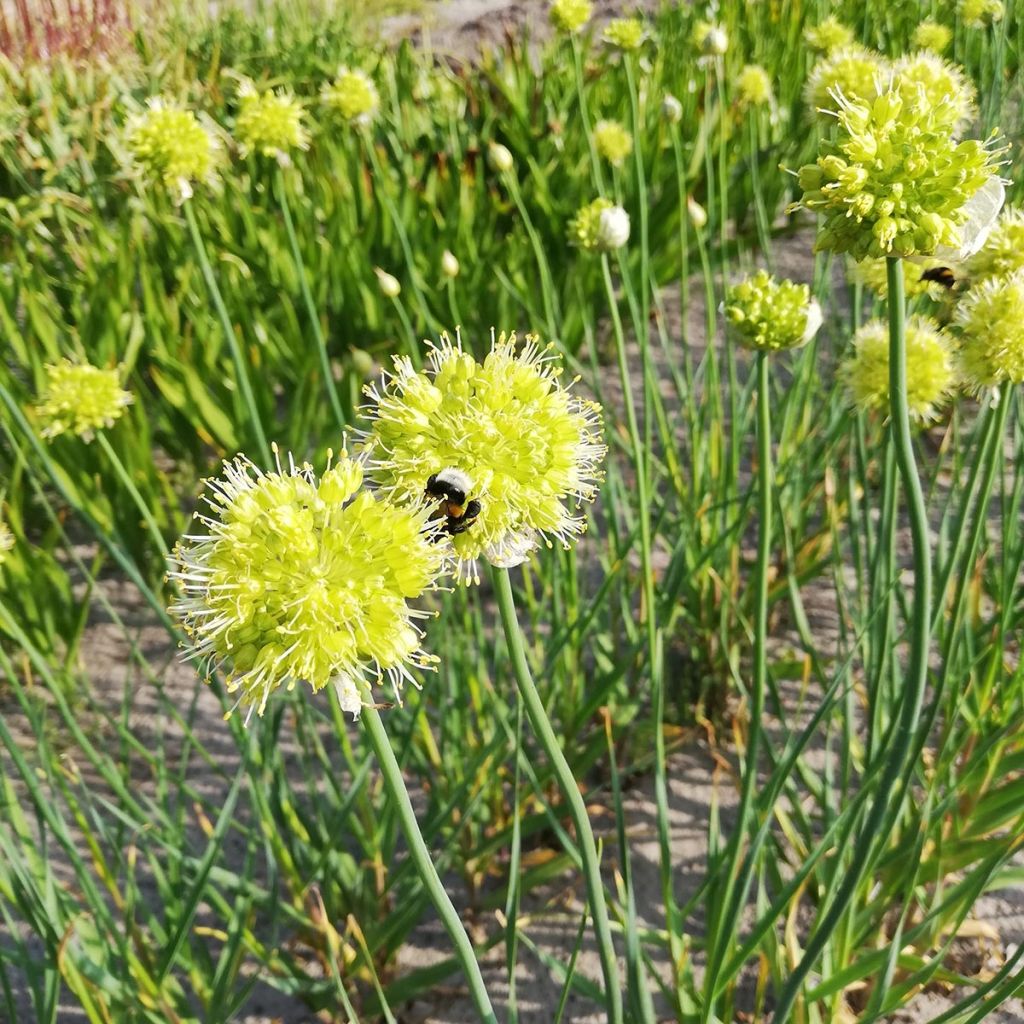

Allium obliquum
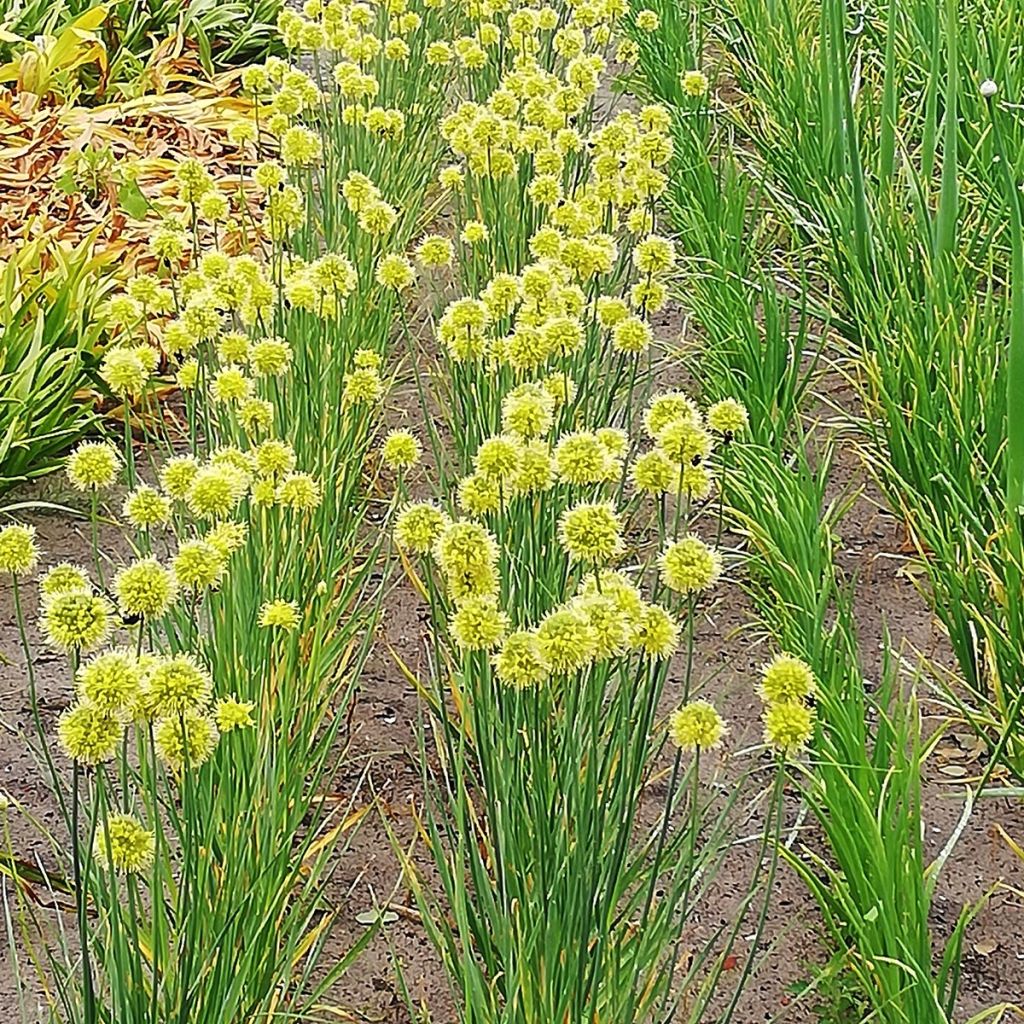

Allium obliquum
Allium obliquum
Allium obliquum
Lopsided onion, Ornamental Onion
There is a little plant that smells like garlic that has some leaves. What about the others?
REINE, 06/06/2024
Special offer!
Receive a €20 voucher for any order over €90 (excluding delivery costs, credit notes, and plastic-free options)!
1- Add your favorite plants to your cart.
2- Once you have reached €90, confirm your order (you can even choose the delivery date!).
3- As soon as your order is shipped, you will receive an email containing your voucher code, valid for 3 months (90 days).
Your voucher is unique and can only be used once, for any order with a minimum value of €20, excluding delivery costs.
Can be combined with other current offers, non-divisible and non-refundable.
Why not try an alternative variety in stock?
View all →This plant carries a 6 months recovery warranty
More information
We guarantee the quality of our plants for a full growing cycle, and will replace at our expense any plant that fails to recover under normal climatic and planting conditions.
Would this plant suit my garden?
Set up your Plantfit profile →
Description
Allium obliquum, also known as slanted garlic or twisted garlic, is an unusual ornamental garlic that is very hardy and has ornamental, medicinal, and culinary value. Its flowers, which appear in summer, display an extremely bright yellow-green colour. Easy to combine in romantic or naturalistic flower beds, this bulbous plant also has a place in the vegetable garden. Its twisted leaves have a pronounced garlic flavour that adds seasoning to all dishes, whether raw or cooked. Like all ornamental garlic, it thrives in the sun, in well-drained soil that is preferably limestone and dry in summer.
Allium obliquum belongs to the Amaryllidaceae family. It is a widespread botanical species from Eastern Europe to Siberia, in temperate regions of Asia and the Middle East. This bulbous plant has a unique growth cycle: its foliage dries up and disappears during summer, once the bulb has replenished its nutrient reserves. It emerges from the ground at the end of autumn or early winter. To withstand cold and damp weather, its bulb must be deeply buried in well-drained soil.
Its foliage does not exceed 40cm (16in) in height. It consists of narrow, ribbon-like leaves, 1 to 2cm (1in) wide. They are distinctly twisted, highly aromatic, and grey-green in colour. Flowering from June to August, depending on the climate. A cylindrical floral stem measuring 60 to 70cm (24 to 28in) in height emerges from among the leaves. A spherical umbel inflorescence with a diameter of 4 to 5cm (2in) develops at its tip. It is composed of numerous tiny yellow-green flowers that become fluffy when they open, revealing a cluster of prominent stamens. This nectar-rich and honey-producing flowering is extremely popular with bees and butterflies.
Allium obliquum can be planted in rock gardens, grouped in flower beds, or in pots. It should always be planted in light and well-drained soils, even fairly poor, sandy, gravelly, and limestone ones, in a sunny and warm location. Once established, it naturalises well. Combine it with late tulips, lilies, and roses, or graceful perennials like lady's mantle, sage, perennial geraniums, and catmint for a unique scene.
Allium obliquum in pictures
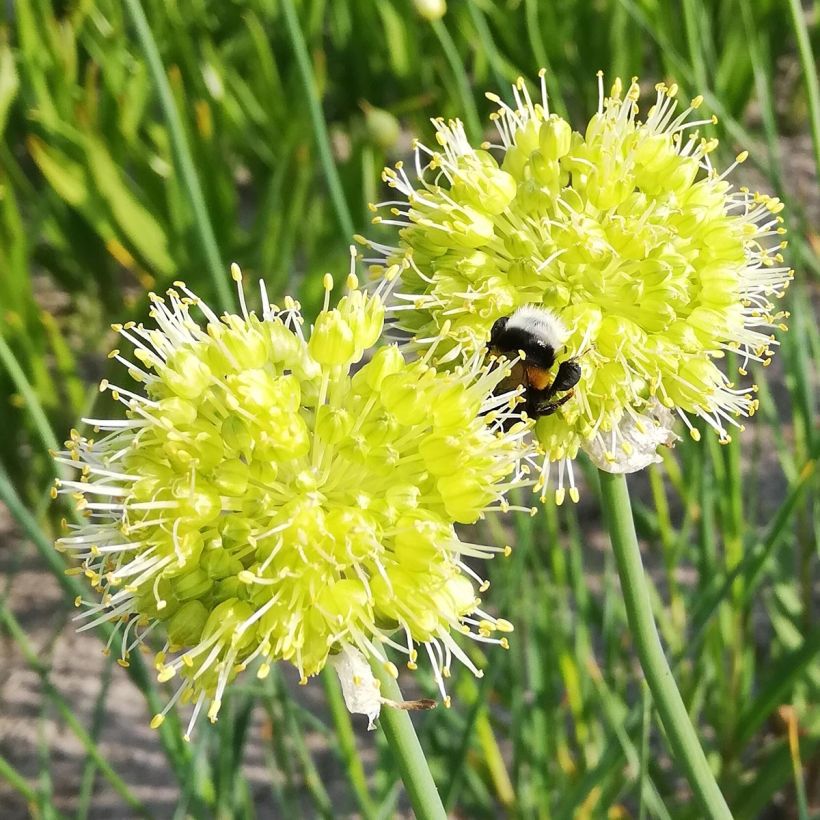



Plant habit
Flowering
Foliage
Botanical data
Allium
obliquum
Alliaceae - Liliaceae
Lopsided onion, Ornamental Onion
Allium luteum, Allium ramosum, Moenchia obliqua
Eastern Europe
Other Allium
View all →Planting and care
Allium obliquum should be planted in autumn in light and well-drained soil in full sun, spaced 15 to 20cm (6 to 8in) apart and at a depth of 2 to 3 times the height of the bulb. It dreads clayey and wet soils in both winter and summer. It prefers slightly limestone soils. For a beautiful mass effect, group the bulbs in sets of 7. Remove faded flowers and let it naturalise. Fertilise during flowering with a special bulb fertiliser. To prevent white rot, soak the bulbs in a solution of diluted bleach at 10%. It can also be grown in a pot with good, loose and well-drained compost.
Planting period
Intended location
Care
Planting & care advice
-
, onOrder confirmed
Reply from on Promesse de fleurs
Haven't found what you were looking for?
Hardiness is the lowest winter temperature a plant can endure without suffering serious damage or even dying. However, hardiness is affected by location (a sheltered area, such as a patio), protection (winter cover) and soil type (hardiness is improved by well-drained soil).

Photo Sharing Terms & Conditions
In order to encourage gardeners to interact and share their experiences, Promesse de fleurs offers various media enabling content to be uploaded onto its Site - in particular via the ‘Photo sharing’ module.
The User agrees to refrain from:
- Posting any content that is illegal, prejudicial, insulting, racist, inciteful to hatred, revisionist, contrary to public decency, that infringes on privacy or on the privacy rights of third parties, in particular the publicity rights of persons and goods, intellectual property rights, or the right to privacy.
- Submitting content on behalf of a third party;
- Impersonate the identity of a third party and/or publish any personal information about a third party;
In general, the User undertakes to refrain from any unethical behaviour.
All Content (in particular text, comments, files, images, photos, videos, creative works, etc.), which may be subject to property or intellectual property rights, image or other private rights, shall remain the property of the User, subject to the limited rights granted by the terms of the licence granted by Promesse de fleurs as stated below. Users are at liberty to publish or not to publish such Content on the Site, notably via the ‘Photo Sharing’ facility, and accept that this Content shall be made public and freely accessible, notably on the Internet.
Users further acknowledge, undertake to have ,and guarantee that they hold all necessary rights and permissions to publish such material on the Site, in particular with regard to the legislation in force pertaining to any privacy, property, intellectual property, image, or contractual rights, or rights of any other nature. By publishing such Content on the Site, Users acknowledge accepting full liability as publishers of the Content within the meaning of the law, and grant Promesse de fleurs, free of charge, an inclusive, worldwide licence for the said Content for the entire duration of its publication, including all reproduction, representation, up/downloading, displaying, performing, transmission, and storage rights.
Users also grant permission for their name to be linked to the Content and accept that this link may not always be made available.
By engaging in posting material, Users consent to their Content becoming automatically accessible on the Internet, in particular on other sites and/or blogs and/or web pages of the Promesse de fleurs site, including in particular social pages and the Promesse de fleurs catalogue.
Users may secure the removal of entrusted content free of charge by issuing a simple request via our contact form.
The flowering period indicated on our website applies to countries and regions located in USDA zone 8 (France, the United Kingdom, Ireland, the Netherlands, etc.)
It will vary according to where you live:
- In zones 9 to 10 (Italy, Spain, Greece, etc.), flowering will occur about 2 to 4 weeks earlier.
- In zones 6 to 7 (Germany, Poland, Slovenia, and lower mountainous regions), flowering will be delayed by 2 to 3 weeks.
- In zone 5 (Central Europe, Scandinavia), blooming will be delayed by 3 to 5 weeks.
In temperate climates, pruning of spring-flowering shrubs (forsythia, spireas, etc.) should be done just after flowering.
Pruning of summer-flowering shrubs (Indian Lilac, Perovskia, etc.) can be done in winter or spring.
In cold regions as well as with frost-sensitive plants, avoid pruning too early when severe frosts may still occur.
The planting period indicated on our website applies to countries and regions located in USDA zone 8 (France, United Kingdom, Ireland, Netherlands).
It will vary according to where you live:
- In Mediterranean zones (Marseille, Madrid, Milan, etc.), autumn and winter are the best planting periods.
- In continental zones (Strasbourg, Munich, Vienna, etc.), delay planting by 2 to 3 weeks in spring and bring it forward by 2 to 4 weeks in autumn.
- In mountainous regions (the Alps, Pyrenees, Carpathians, etc.), it is best to plant in late spring (May-June) or late summer (August-September).
The harvesting period indicated on our website applies to countries and regions in USDA zone 8 (France, England, Ireland, the Netherlands).
In colder areas (Scandinavia, Poland, Austria...) fruit and vegetable harvests are likely to be delayed by 3-4 weeks.
In warmer areas (Italy, Spain, Greece, etc.), harvesting will probably take place earlier, depending on weather conditions.
The sowing periods indicated on our website apply to countries and regions within USDA Zone 8 (France, UK, Ireland, Netherlands).
In colder areas (Scandinavia, Poland, Austria...), delay any outdoor sowing by 3-4 weeks, or sow under glass.
In warmer climes (Italy, Spain, Greece, etc.), bring outdoor sowing forward by a few weeks.






























